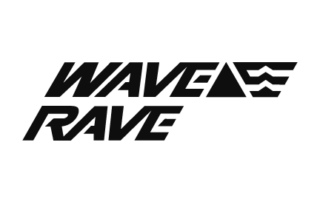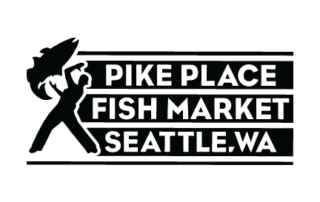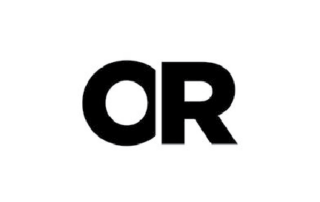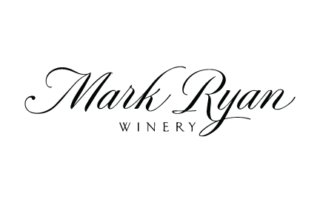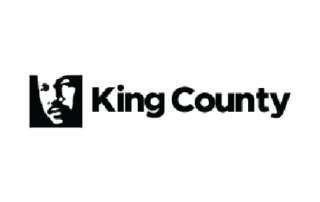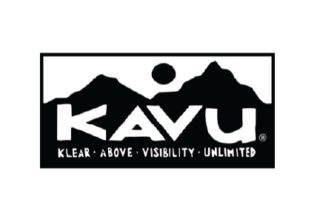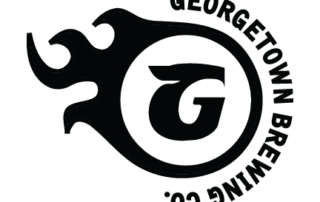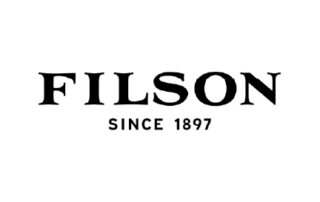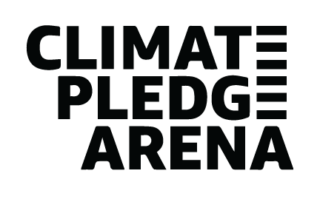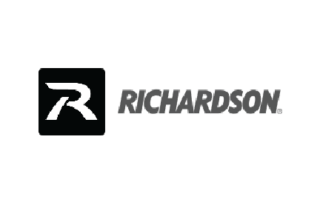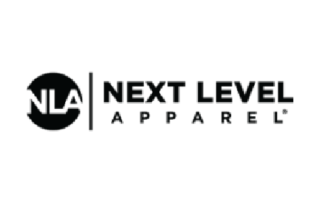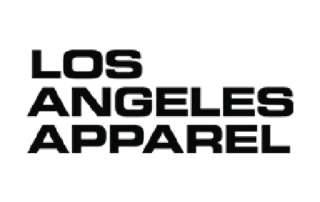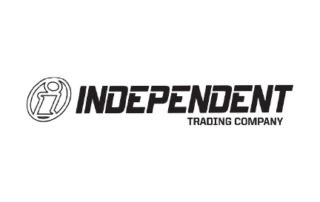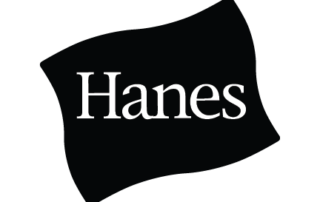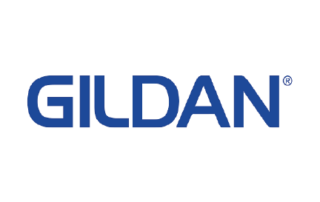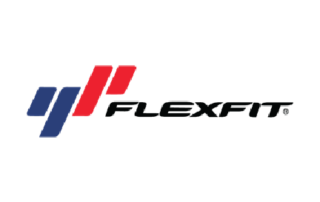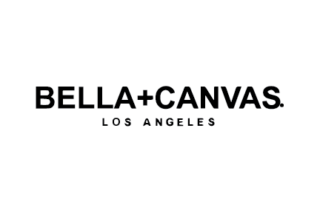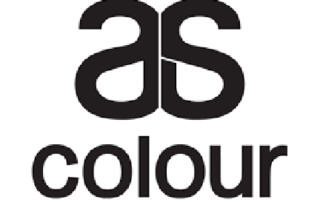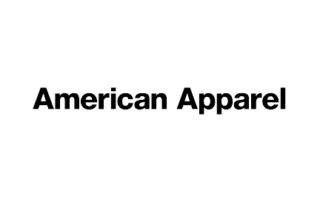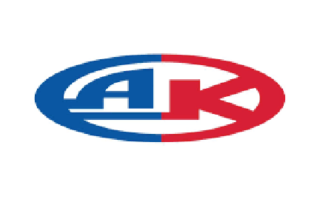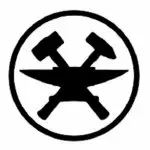How to Place an Order
Thank you for choosing The Foundry Print Shop for your custom apparel and artwork needs! To ensure we provide you with an accurate quote, please follow these steps to complete our online quote request form:
Step 1: Visit Our Quote Page
- Go to our quote page here.
Step 2: Enter Your Contact Information
- Fill in your Name, Email Address, and Phone Number so we can reach out to you.
- If applicable, please include your Company Name.
Step 3: Provide Project Details
- Select Product Type: Choose the service you’re interested in (e.g., screen printing, embroidery, etc.).
- Garments: Specify the type of garments you need. You can browse our catalog or simply describe the type of garments you’re interested in.
- Quantity: Let us know the number of items you require.
- Deadline: Share your desired completion date.
Step 4: Choose Delivery Method
- Delivery Options: Indicate whether you prefer to have your project shipped to you or if you’d like to pick it up from our South Seattle shop.
Step 5: Upload Design Files
- Design Files: If you have any design files, artwork, or logos, please upload them in a supported format (e.g., .png, .jpg, .pdf, .ai).
Step 6: Special Instructions
- Additional Information: Include any special instructions or requests related to your order.
Step 7: Review and Submit
- Review: Double-check all the information you’ve entered.
- Submit: When ready, click the Submit button to send us your quote request.
Step 8: Confirmation
- After submission, you’ll receive a confirmation email acknowledging your request.
- A member of our team will review your request and get back to you with a detailed quote within 24 hours.
Step 9: Follow-Up
- If you have any questions or need further assistance, please reach out to us at Sales@thefoundryprintshop.com or call us at 206-557-4731.
We look forward to working with you on your project!

